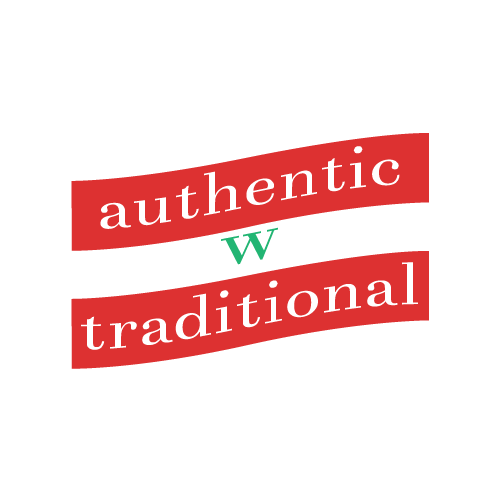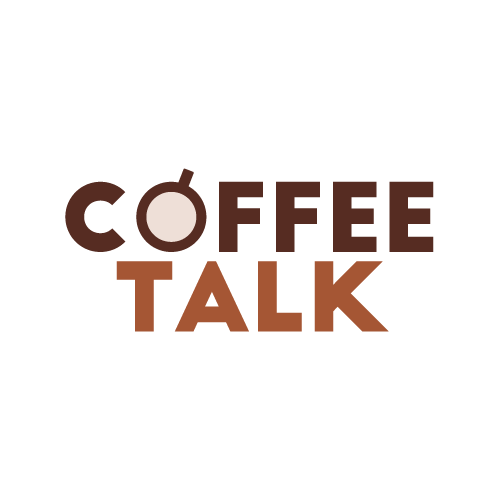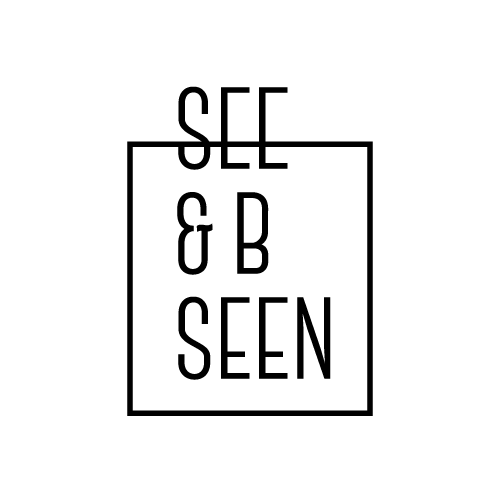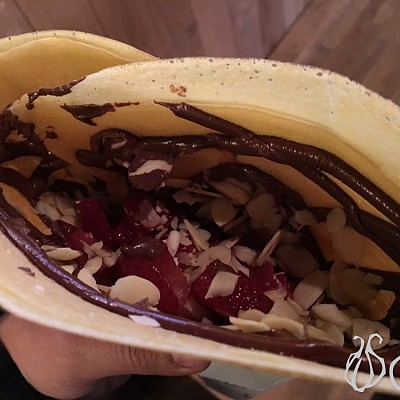New York City is renowned for its iconic skyline, punctuated by a diverse array of architectural styles. Among the crucial elements that ensure the safety and integrity of these structures are parapet walls. These low walls or railings along the edge of a roof or balcony serve both functional and aesthetic purposes. However, like any other component of a building, parapets require regular inspections to maintain their structural integrity and ensure public safety. This guide will walk you through the essential requirements and procedures for parapet inspections in NYC.
What is a Parapet?
A parapet is a barrier that extends above the roofline, balcony, or other structures. While they can be purely decorative, parapets often serve important functions such as:
- Preventing the spread of fire between buildings.
- Providing fall protection.
- Enhancing the aesthetic appeal of the building.
NYC Building Code and Parapet Inspections
The New York City Building Code mandates regular inspections for all exterior walls and appurtenances, including parapets, particularly for buildings higher than six stories. The key legislation guiding these requirements is the NYC Administrative Code, specifically Local Law 11/98 (commonly known as the Façade Inspection and Safety Program, or FISP).
Local Law 11/98 (FISP)
Local Law 11/98 requires that buildings greater than six stories undergo a critical examination of their exterior walls and appurtenances, including parapets, every five years. This examination must be conducted by a Qualified Exterior Wall Inspector (QEWI), typically a licensed professional engineer or registered architect.
Inspection Requirements
- Frequency: Inspections must be conducted every five years, with each building falling into one of three sub-cycles (A, B, or C), which determine when the inspection is due.
- Scope: Inspections involve a close-up visual examination and may include probes, openings, or other methods to evaluate the condition of the parapet and related elements.
- Reporting: Inspectors must submit a Façade Inspection Report to the NYC Department of Buildings (DOB), categorizing the building's façade as Safe, Safe with a Repair and Maintenance Program (SWARMP), or Unsafe.
- Safe: The façade, including parapets, shows no signs of deterioration or distress and does not pose a threat to public safety.
- Safe with a Repair and Maintenance Program (SWARMP): The façade is safe at the time of inspection but requires repairs or maintenance within the timeframe specified by the inspector to prevent it from becoming unsafe.
- Unsafe: The façade has defects or damage that pose an immediate threat to public safety. Immediate action is required to secure the area and undertake necessary repairs.
Safe, SWARMP, and Unsafe Classifications
Importance of Regular Inspections
Regular parapet inspections are crucial for several reasons:
- Safety: Ensuring parapets are structurally sound prevents potential hazards to pedestrians and occupants.
- Compliance: Adhering to Local Law 11/98 helps avoid legal repercussions and fines.
- Maintenance: Early detection of issues allows for timely repairs, preventing more extensive damage and higher costs in the long run.
- Preservation: Proper maintenance of parapets contributes to the overall aesthetic and historical integrity of NYC's buildings.
Common Issues with Parapets
During inspections, common parapet issues that may be identified include:
- Cracking or spalling of masonry.
- Loose or missing bricks or stones.
- Deterioration of mortar joints.
- Rust or corrosion of metal components.
- Water infiltration and damage.
Steps for Property Owners
To ensure compliance with NYC parapet inspection requirements, property owners should:
- Hire a Qualified Exterior Wall Inspector (QEWI): Engage a licensed professional to conduct the required inspections.
- Schedule Regular Inspections: Keep track of inspection cycles and schedule inspections within the required timeframe.
- Address SWARMP and Unsafe Conditions: Promptly address any issues identified in the inspection report to maintain safety and compliance.
- Maintain Records: Keep detailed records of all inspections, reports, and repairs for future reference and compliance verification.
Conclusion
Understanding and adhering to New York state inspection NYC requirements is essential for building owners and managers. Regular inspections not only ensure the safety and longevity of buildings but also contribute to the overall urban landscape's integrity and beauty. By following the guidelines outlined in this comprehensive guide, property owners can effectively manage their parapet maintenance and compliance efforts.






































